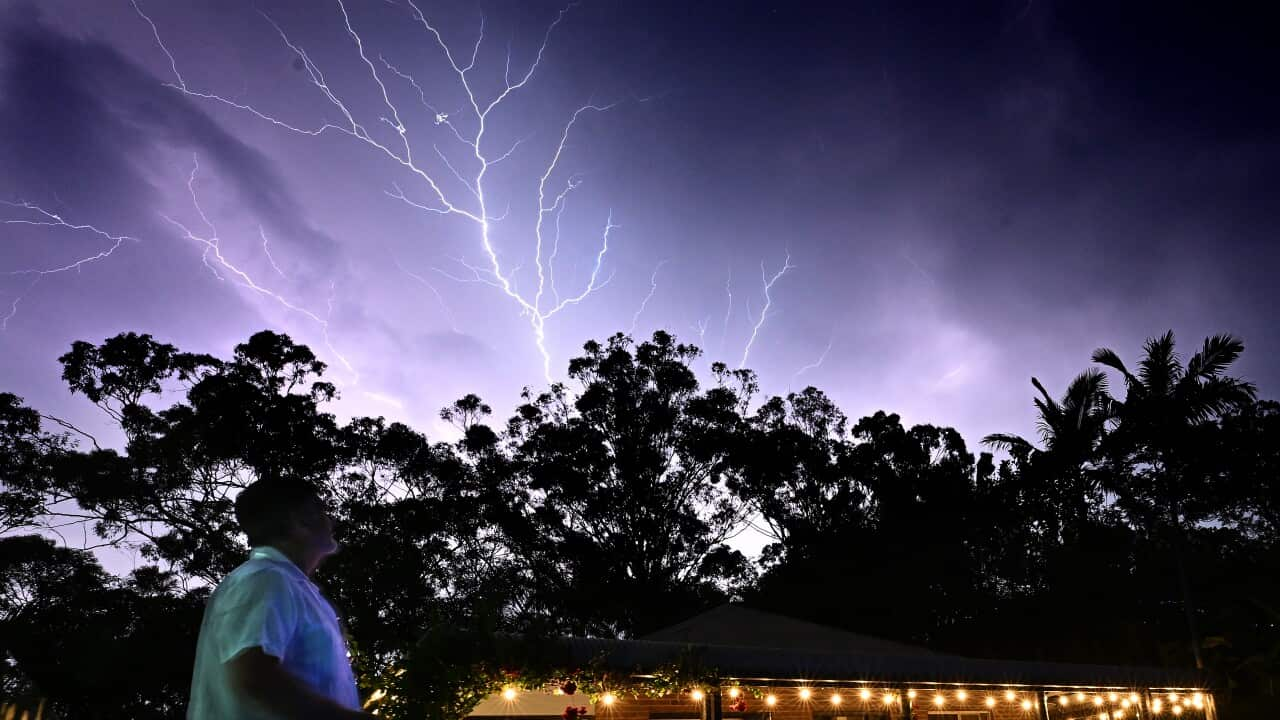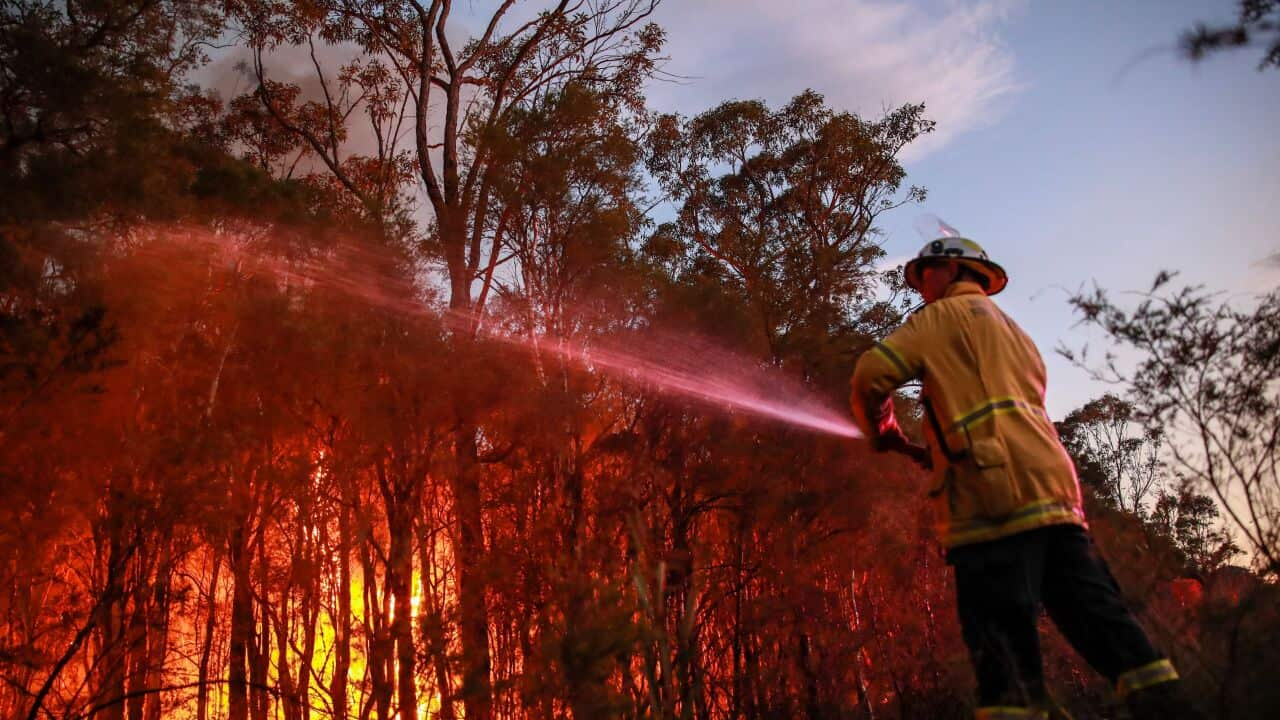Key Points
- The Bureau of Meteorology has identified potential weather-related hazards that pose risks in the coming months.
- Thunderstorm asthma may affect people earlier in the season this year.
- Some parts of Australia will be at increased risk from storms and flooding, with heat and fires threatening others.
Australians are being warned of several hazard risks ranging from flash flooding to thunderstorm asthma after a very mild winter.
Data from the Bureau of Meteorology (BoM) has revealed that much of the country experienced above-average temperatures from June to August.
The bureau's four-month forecast model assesses the state of the oceans and atmosphere around the globe to make predictions for our climate.
Here's what it has identified as the key issues set to hit states this spring.

Extreme heat warnings
BoM senior climatologist Felicity Gamble predicts "unusually warm temperatures" this spring, particularly in northern parts of the country.
"It's not just increased chance of being above average, but increased chance of being unusually warm and that means in that top 20 percent of the historical range," she said.
Gamble said that would include unusually warmer temperatures both during the day and at night.
"For parts of that area, parts of the far tropical north, this is their hottest time of year in that lead up to the wet season, it gets quite oppressive," she said.
Bushfire risks
The heat band coincides with for parts of the Northern Territory and Queensland.
Fire danger is also predicted for western Victoria and south-east South Australia, partly due to severe rainfall deficiencies, according to Gamble.
"We have seen fuels really start to dry out over that area ... we look at the amount of fuel available and the state of that fuel," she said.
Along with long-range forecasting, BoM assesses other factors like recent fire history and the capacity to hazard reduction burns in preparation for summer.
Severe storms and flash flooding expected for east coast
Warmer global temperatures have led to very warm oceans across Australia's coastline.
Gamble explained that these increased temperatures can feed moisture into our weather systems and enhance rainfall, with NSW and southern Queensland at higher risk of severe storms.
"It can increase the severity of storms and cyclones and also even in frontal systems. So that's the typical influence we'd see from those warmer waters," she said.
"Flash flooding is typically associated with severe storms, which can't be forecast on monthly or seasonal scales, but a model can indicate where runoff might be higher than usual on those longer time periods."

State Emergency Services personnel could be required to respond to emergency situations that result from the increased hazard risks. Source: Getty / lovleah
Thunderstorm asthma risks in the capital
Those in the Australian Capital Territory are also being warned about thunderstorm asthma — the triggering of asthma symptoms when high pollen levels combine with a thunderstorm.
While the peak time for thunderstorm asthma is usually October to December, an earlier-than-usual season is expected this year, and those in the ACT will be at above-average risk.
Gamble said: "The risk of typically increases during spring when we have lots of flowering plants and crops, particularly if there's been good rainfall and high growth during the winter season and the start of spring."
"So we see that increase in pollen, as well as a climatological increase in storms at this time of year," she said.












